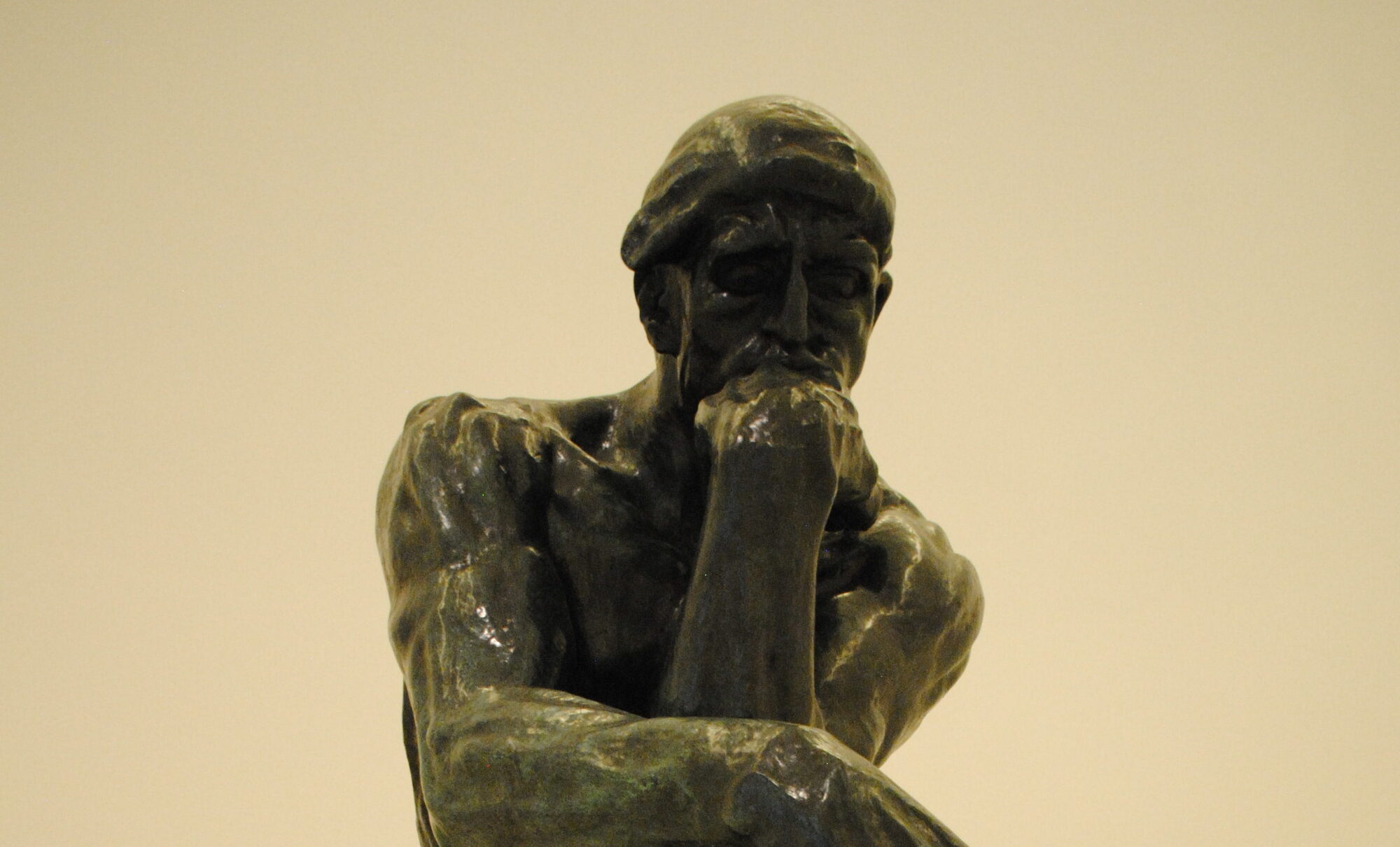
Ever tried to change someone's mind only to have them dig in deeper? That's the backfire effect in action. When people encounter information that contradicts their beliefs, they often become more entrenched in their original views. This psychological phenomenon can make debates and discussions frustrating. Understanding the backfire effect is crucial for effective communication, especially in today's polarized world. We'll explore 15 intriguing facts about this effect, shedding light on why it happens and how to navigate conversations more skillfully. Whether you're trying to persuade a friend or understand your own reactions, these insights will be eye-opening. Ready to dive in? Let's get started!
What is the Backfire Effect?
The backfire effect happens when people strengthen their beliefs after being presented with evidence that contradicts them. This psychological phenomenon can make changing minds quite challenging.
-
Coined by Researchers: The term "backfire effect" was first introduced by Brendan Nyhan and Jason Reifler in 2010. They studied how people react to corrections of political misinformation.
-
Stubborn Beliefs: When confronted with facts that challenge their views, some individuals double down on their original beliefs. This is because admitting they were wrong can feel like a personal attack.
-
Emotional Investment: Beliefs tied to emotions or identity are more likely to trigger the backfire effect. People defend these beliefs as if they were defending themselves.
How Does the Backfire Effect Work?
Understanding the mechanics behind this phenomenon can help in addressing it effectively.
-
Cognitive Dissonance: When new information conflicts with existing beliefs, it creates mental discomfort known as cognitive dissonance. To reduce this discomfort, people often reject the new information.
-
Confirmation Bias: People tend to seek out information that confirms their preexisting beliefs and ignore information that contradicts them. This bias fuels the backfire effect.
-
Echo Chambers: Social media and online communities can create echo chambers where only similar viewpoints are shared. This environment reinforces existing beliefs and makes opposing views seem even more alien.
Real-World Examples of the Backfire Effect
The backfire effect isn't just a theoretical concept; it has real-world implications.
-
Vaccination Myths: Despite overwhelming scientific evidence supporting vaccines, some people become more convinced of anti-vaccine myths when presented with factual information.
-
Political Beliefs: In politics, correcting false information can sometimes make people more entrenched in their political views. This is especially true for deeply partisan issues.
-
Climate Change Denial: Efforts to correct misinformation about climate change can backfire, leading some individuals to become more skeptical of scientific consensus.
Strategies to Mitigate the Backfire Effect
While challenging, there are ways to reduce the impact of the backfire effect.
-
Empathy and Understanding: Approaching conversations with empathy and understanding can make people more receptive to new information. This involves listening and acknowledging their feelings.
-
Framing Information: Presenting information in a way that aligns with someone's values can make it more acceptable. For example, framing climate change action as a way to create jobs can appeal to economic concerns.
-
Incremental Changes: Gradually introducing new information rather than overwhelming someone with facts can help reduce resistance. Small steps can lead to bigger changes over time.
The Role of Education and Critical Thinking
Education and critical thinking skills play a crucial role in combating the backfire effect.
-
Teaching Critical Thinking: Encouraging critical thinking skills from a young age can help individuals evaluate information more objectively. This reduces the likelihood of falling prey to the backfire effect.
-
Media Literacy: Educating people on how to critically assess media sources and recognize bias can make them less susceptible to misinformation and the backfire effect.
-
Open-Mindedness: Promoting open-mindedness and a willingness to change one's views based on new evidence can help counteract the backfire effect. This involves fostering a culture of curiosity and learning.
Understanding the Backfire Effect
The backfire effect shows how deeply held beliefs can become even stronger when challenged. This psychological phenomenon highlights the importance of approaching discussions with empathy and open-mindedness. Instead of trying to forcefully change someone's mind, presenting information in a non-confrontational way can be more effective. Recognizing this effect can help improve communication and reduce conflicts in everyday interactions.
By being aware of the backfire effect, we can better navigate conversations, especially on sensitive topics. It reminds us that people often cling to their beliefs for emotional reasons, not just logical ones. So next time you find yourself in a heated debate, remember to listen actively and respect differing viewpoints. This approach not only fosters understanding but also creates a more constructive dialogue.
Was this page helpful?
Our commitment to delivering trustworthy and engaging content is at the heart of what we do. Each fact on our site is contributed by real users like you, bringing a wealth of diverse insights and information. To ensure the highest standards of accuracy and reliability, our dedicated editors meticulously review each submission. This process guarantees that the facts we share are not only fascinating but also credible. Trust in our commitment to quality and authenticity as you explore and learn with us.


